
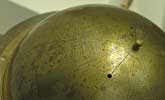
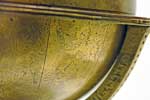
Possibly from Maragha, NW Iran, where there was a major observatory founded under the Il-Khanids. Made by Muhammad ibn Hibal al-Munajjim al-Mawsili from Mosul, AH 674/CE 1275-6. Brass. The stand is later. Dia. of globe: 24.1 cm.; H. (stand): 36.5 cm.
ME OA 1871.3-1.1.a,b
Learn more.



Jazira (probably Mayyafarihin), AH 638/CE 1241. Made by Abd al-Karim al-Misri. Brass, silver inlay.
ME OA 1855.7-9.1
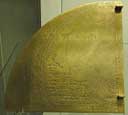
Syria, Damascus, AH 734/CE 1333-34. Brass. Dia.: 44.7 cm.
Signed by Muhammad ibn Ahmad al_mizzi, the time-keeper of the Great Mosque in Damascus. One of four such instruments by him. The instrument was invented probably in the 11th or 12th c.; it is for use at a specific latitude, in this case that of Damascus.
ME OA 1888.12-1.276
Learn more.
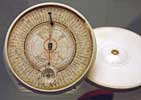
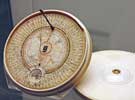
Ottoman Turkish, AH 990/CE 1582-3. Made by Bayram b. Ilyas. Ivory.
ME OA 1921.6-25.1